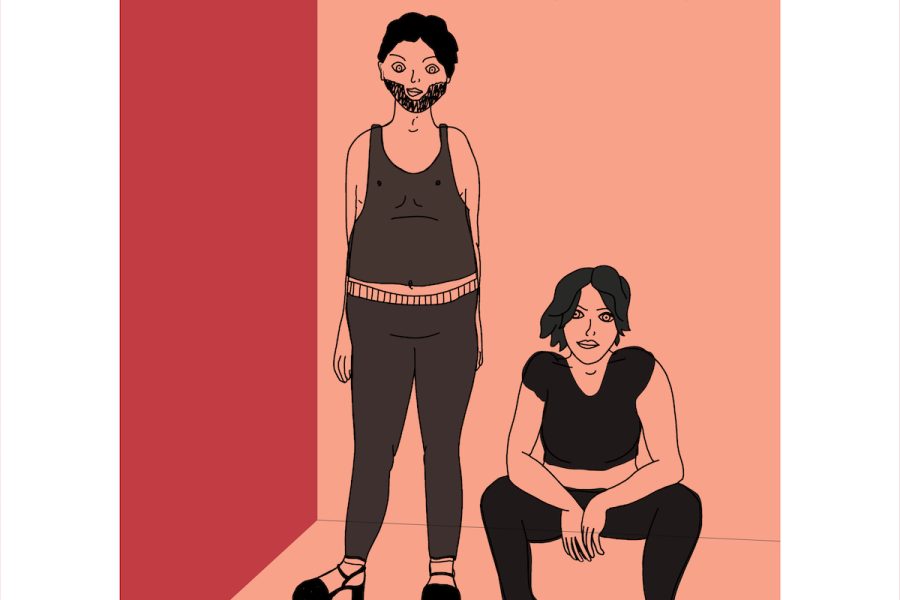In the 1970s and ‘80s the AIDS pandemic rocked the LGBTQ+ community, disproportionately affecting gay men. In addition, misinformation and stigma during this time caused increased homophobic discrimination and prevented many from receiving adequate or even life-saving care.
According to Portland Center Stage Literary Manager Kamilah Bush, some of the stigmatized practices from the AIDS pandemic have lasted for decades. “There were immediate bans on gay men donating blood—a restriction that still hasn’t been fully lifted and only became less rigid during the early days of the COVID-19 pandemic,” Bush said. “Travel bans were put into place, which were not lifted until 2010 by President Obama.”

Overall, the government massively failed to respond to the effects of the pandemic. “In 1997, researchers calculated that the government’s resistance accounted for 4,394 to 9,666 avoidable transmissions,” Bush said.
However, like many other significant moments in history, artists and activists were able to turn the tide. “While the official government response to the epidemic was slow and insufficient, the artists’ and activists’ responses were swift and, ultimately, effective,” Bush said.
One such artist named Johnathan Larsen wrote the autobiographical play tick, tick … BOOM!, which is currently playing until Sept. 18 at The Armory. Larsen is recognized most for his production of Rent, which was a candid look at the effects of the AIDS pandemic on people’s lives.

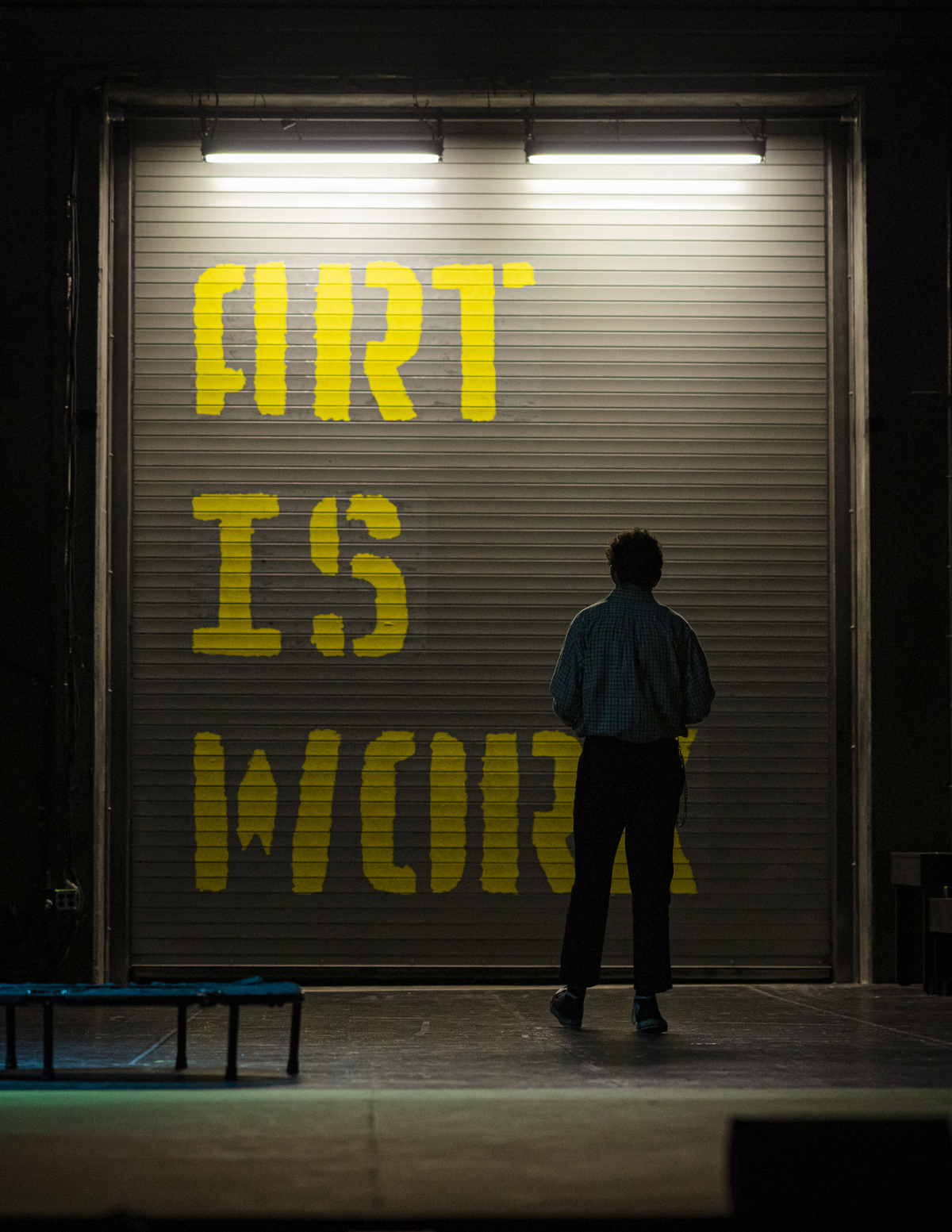
Although tick, tick … BOOM! does not focus primarily on AIDS, instead being more about Larsen’s experience during this time, the elements of this period—fear, uncertainty and the brevity of life—are present and shed light on the emotional weight LGBTQ+ people dealt with without naming the stigmatized pandemic.
Larsen’s focus on AIDS in his art stems from his experience watching several friends develop the disease and die from it. This is why this element of his life became an important aspect for him to weave into his productions. Ultimately, his work was among many that worked to humanize those living with AIDS and was a bold statement at the time.
This message seems to be ever relevant today as the COVID-19 pandemic has led to greater stigmatization of Asian individuals. Additionally, worries mount that with the influx of Monkeypox cases, stigmatization against gay men will once again increase.
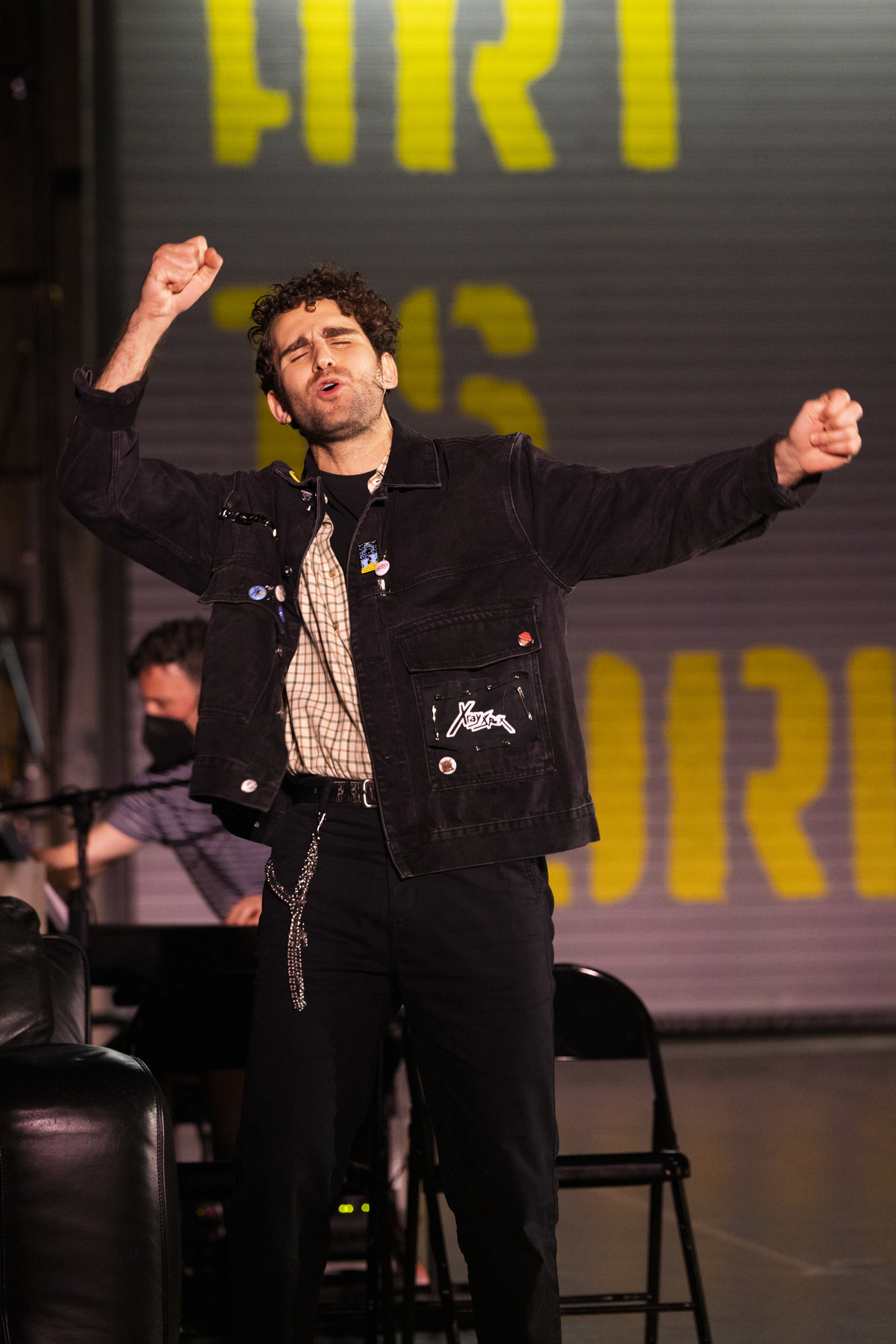
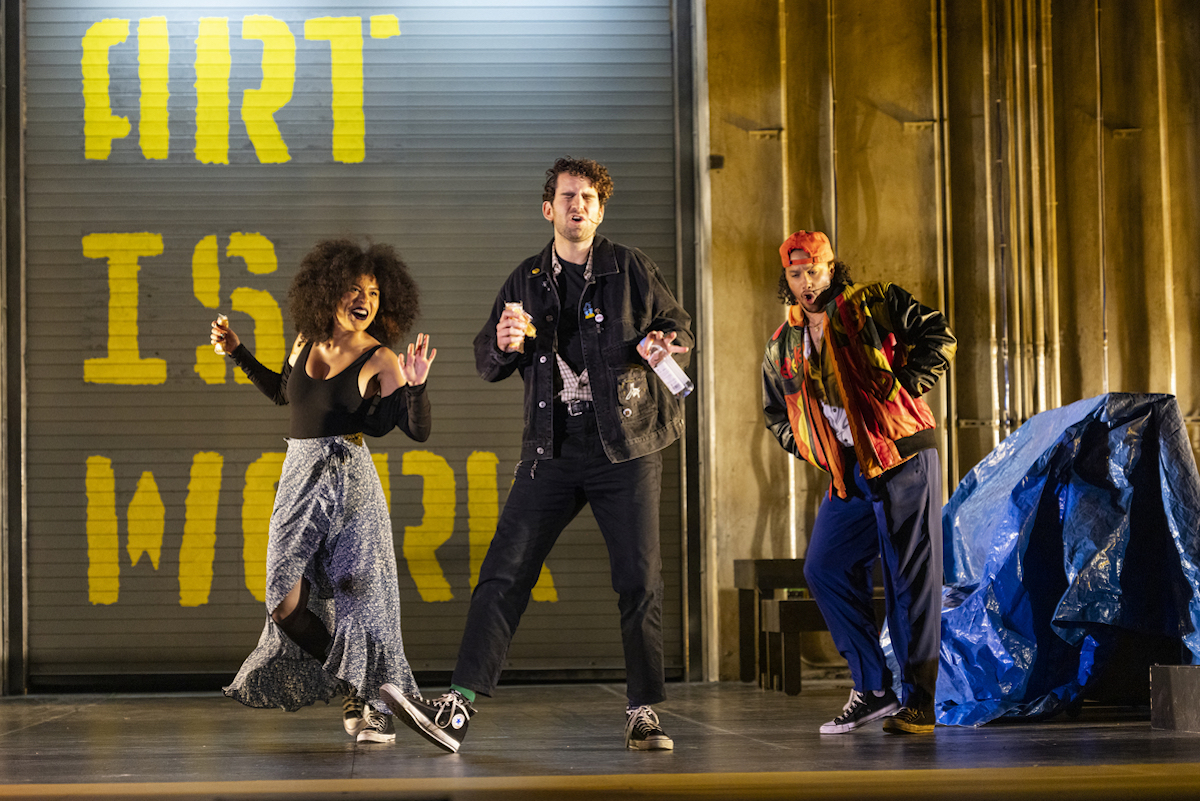
With Portland Center Stage’s (PCS) production of tick, tick … BOOM!, individuals will hopefully be able to once again look upon this art and recognize the harm of stigmatization. “Theater often brings productive discomfort to the surface,” PCS stated. “Portland Center Stage at The Armory is committed to grappling with that discomfort, on and off the stage, and we invite members of our community to participate in that growth process with us.”
In addition to encouraging growth and producing productions that fight stigma, PCS remained dedicated to the safety of its performers and guests. “PCS was really intentional about being safe and really mindful of trying to keep people healthy,” said Lauren Steele, who plays Susan in tick, tick … BOOM! “We were rehearsing with the heavy-duty KN95 masks. It felt good to feel so safe—we’re testing biweekly too.”
Of course, in a world of COVID-19, it is good to know that PCS is taking proper precautions. That being said, it also comes with its own set of issues. On top of the fact that the performers are adjusting to live performances again after years away, the masks added extra challenges. “You can’t always hear what you need to hear, and you can get away with a little more in terms of what you know and don’t know when your face is covered with a mask,” Steele said. “It was a challenge, but we made it through without any symptoms or any COVID or any illness at all.”


As far as the actual production, PCS remained true to Larsen’s original vision. As Bush pointed out, “He [Larsen] created the show to be smaller and ‘more producible,’ with just three actors, including himself.”
The PCS production also casted only three individuals—Tyler Andrew Jones, who plays Michael and other background characters; Jesse Weil, who plays Jon; and Lauren Steele, who plays Susan and other background characters.
Even though all of the actors were phenomenal in their own rights, Steele’s performance was by far the most impressive. Throughout the audience, whispers of her name were heard both before and after the performance, and she did not disappoint. The actress was able to slip in and out of Susan’s character effortlessly, and each of her characters had their own distinctive personality. Without looking, it would not be apparent that only one woman was playing the role of her characters.
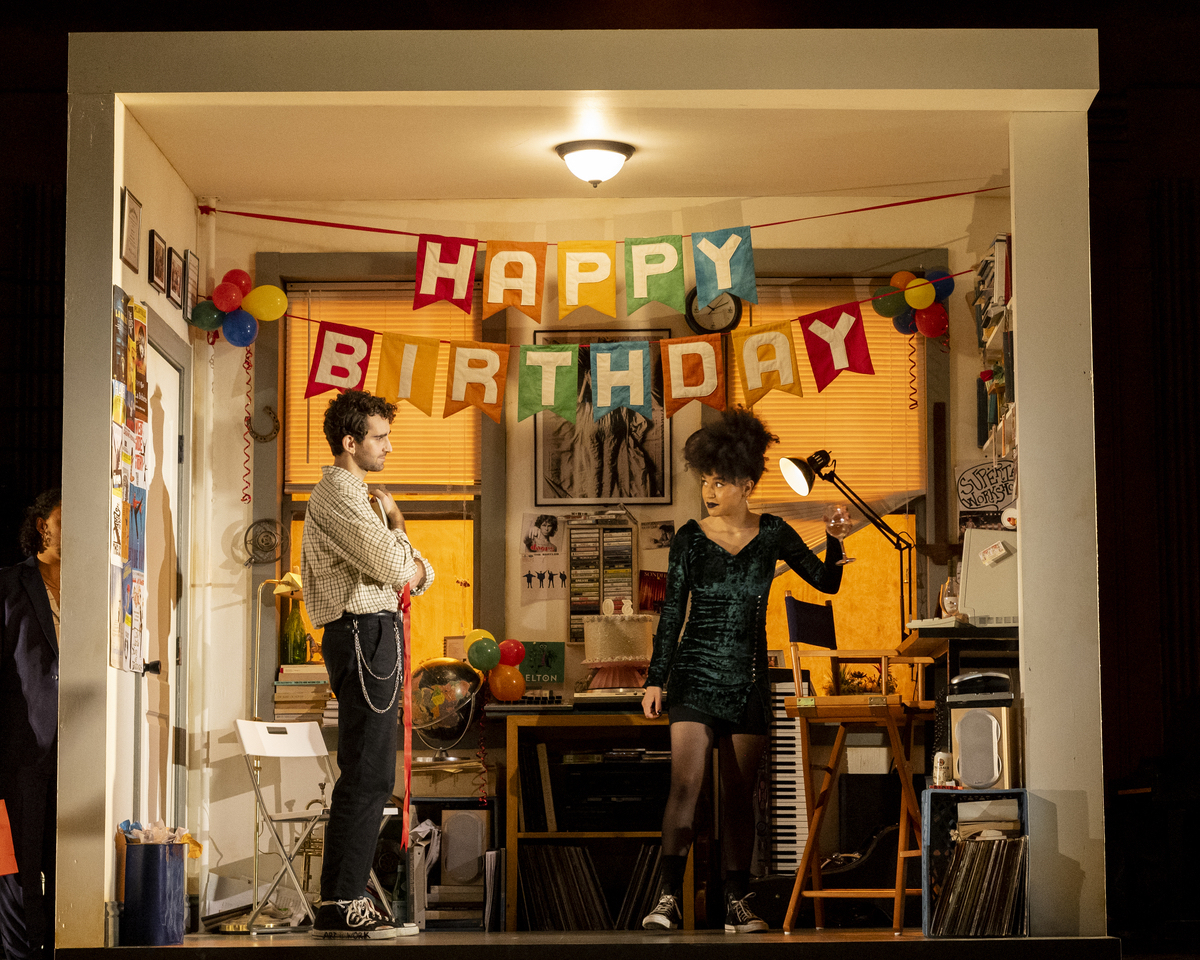
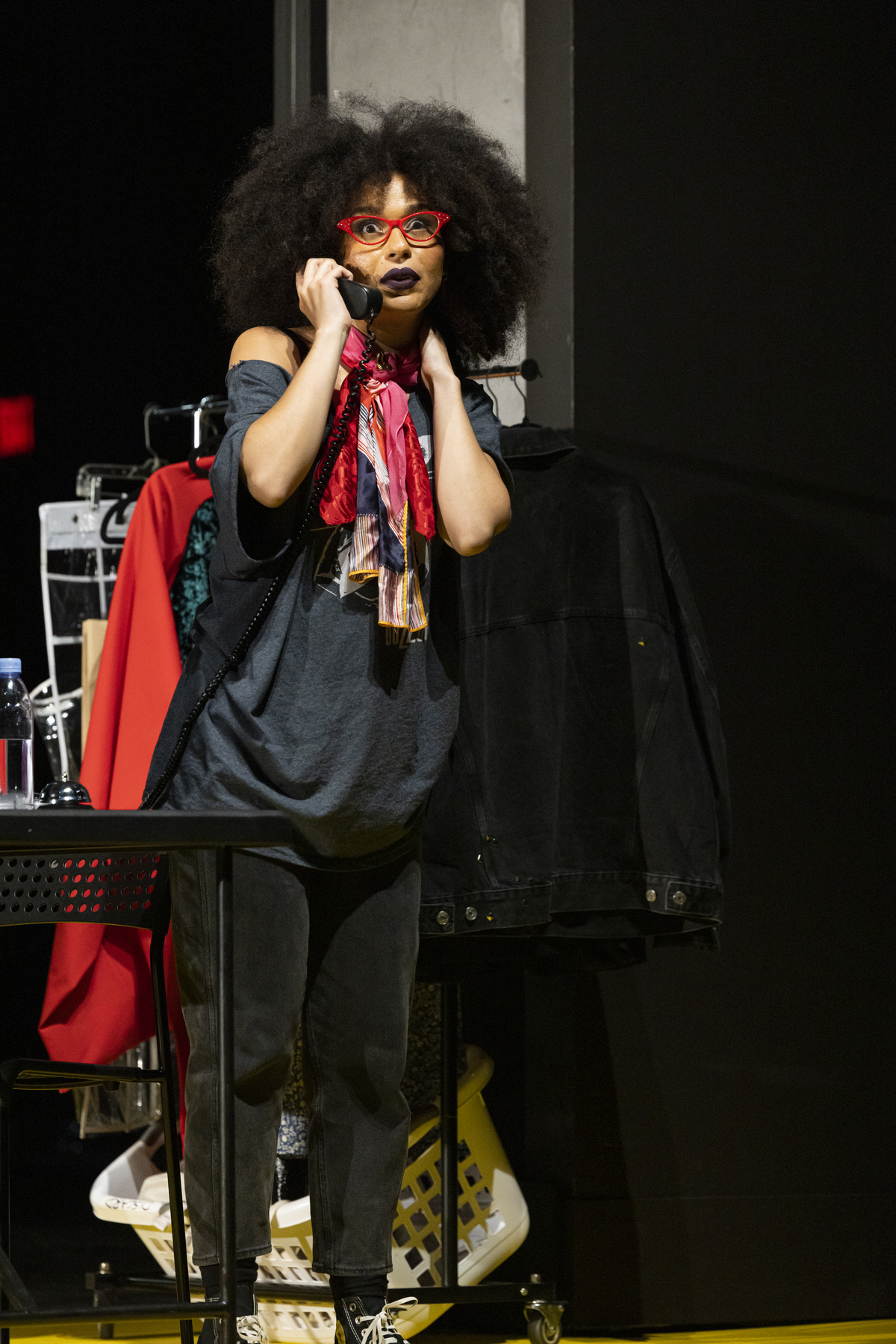
“The cool thing about this show is that we—each of the non-leads, the supporting characters, play multiple different characters, which is super fun,” Steele said. “I love the opportunity to step into different bodies and roles and find out how each of them walks, how each of them talks, and what each of their arc and story is.”
Steele reported that she was nervous when starting the journey of playing Susan and the other supporting characters at PCS, recognizing that it was a big deal for her. But, ultimately, the supportive team calmed her fears and allowed her to be her best.
“We come in [on the first day] and our music director, Ash, was just so lovely and really was paying attention to how each of us learns and thrives,” Steele said. “And I think that was the same for the whole team. Just a really supportive, warm environment where everybody could do their best work.”


Steele said she loved music and theater from a very young age. “Music was always a part of me,” she said. “I never really thought I would do anything else. I think I knew pretty early on that I wanted to be a musician. I started doing theater in the third grade… and I just absolutely fell in love. And so both of those kind of became my primary passions, and I’ve been doing it since. I just love it. I love telling stories. I love giving people voices.”
Every actor finds different ways to embody their character. Steele said that embodying Susan came naturally, as she related to many elements of Susan’s life and personality as an artist and human. “Particularly with Susan—I relate really deeply to her story,” she said. “She’s battling being in love with John and this ambition around being an artist and also wanting a family and wanting some peace and kind of getting sick of New York. I lived in New York for two months, and that was about all I needed to relate to that story—that balance of trying to make a living as an artist and achieve your goals but also wanting love and peace and a family.”
Steele also recognized the honest love it takes to step away from something or someone you love to allow for growth, and hoped the audience does as well. “I hope that people take away a deep appreciation for friendship and for love,” she said. “And [recognize] that [love] looks many ways.”




